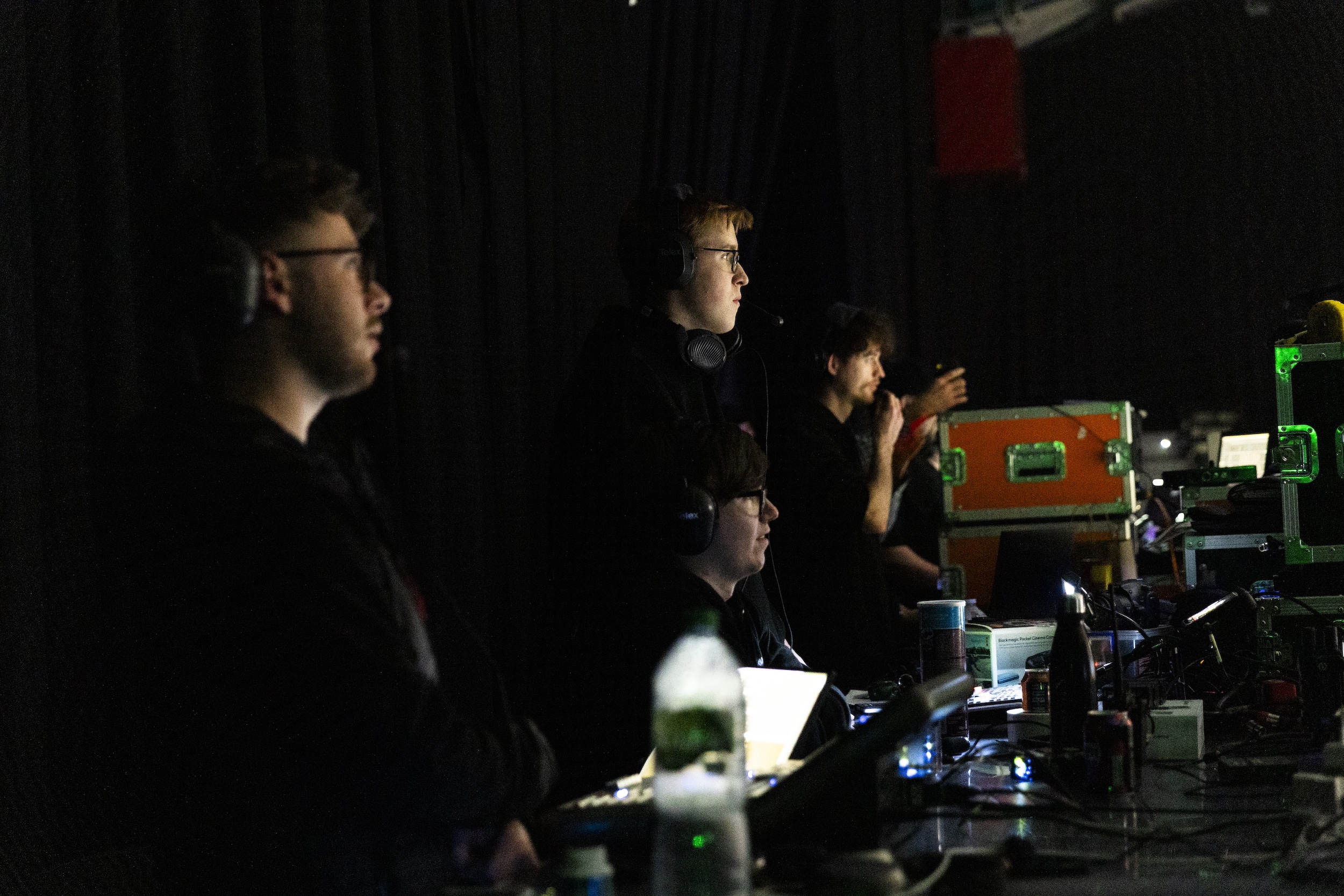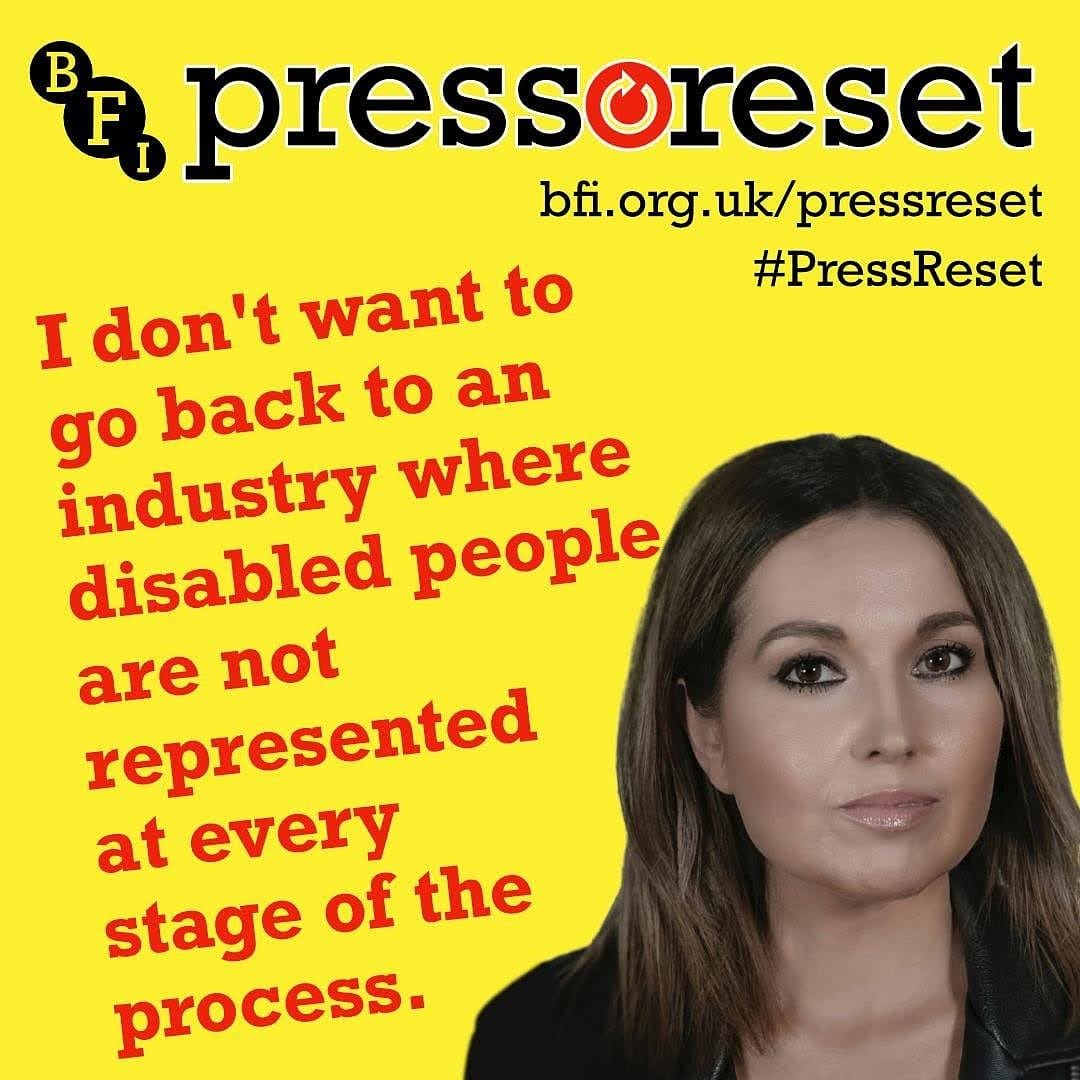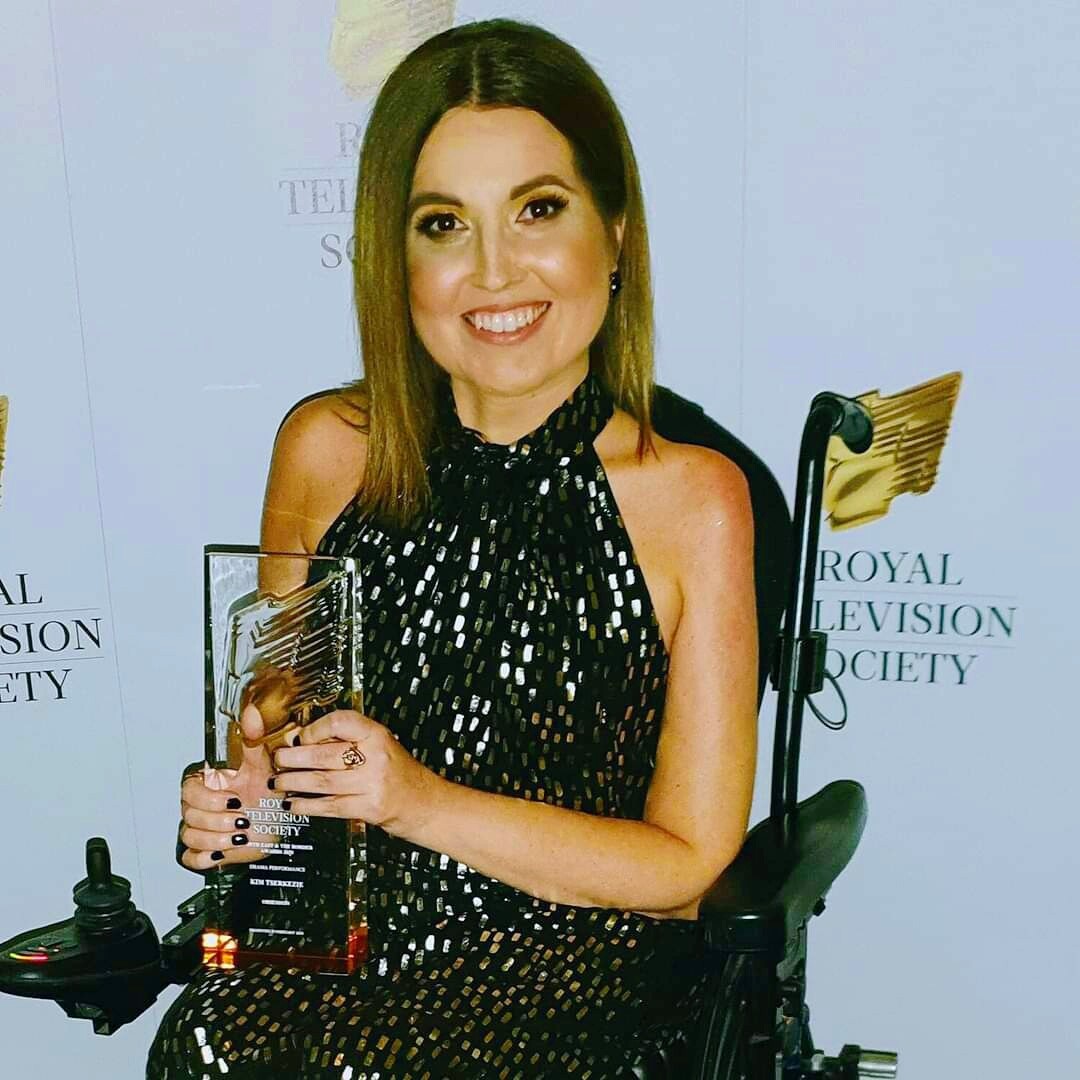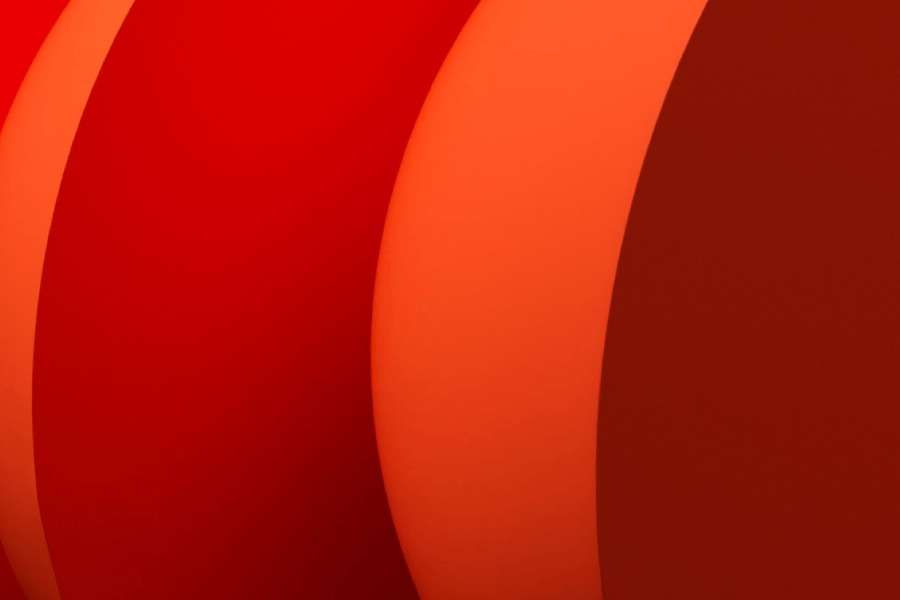
In our latest Diversity Spotlight, we catch up with award-winning actor, writer, presenter and producer, Kim Tserkezie. We chat to Kim about her early experiences as a disabled creative breaking into the industry, as well as getting her perspective on the future of inclusion and representation in the Creative Industries. We also find out more about Kim’s TV, film and audio production company, Scattered Pictures and her work with the BFI’s Disability Screen Advisory Group.
As a disabled creative, what were your biggest challenges when starting your career in the industry?
Kim: When I very first started out back in the 90s, I actually had a really good experience working on From The Edge, a BBC2 factual entertainment series produced by the Disability Programmes Unit. I worked as a presenter in a prime time slot with a huge audience and I got the chance to travel all over the UK on a series that was led, written and produced by disabled people. It’s something I look back on fondly because I felt so supported. It was such a great example of disabled people controlling their own narratives on and off-screen. Now it seems such an example of how it could be. In many ways, things seemed to go backward.
I think the biggest challenges I faced starting out – and ones I still face now really – are about only being employed to work on disability content. I’ve found that really frustrating over the years. I think there’s a place for it and it’s definitely something that should be represented but it’s so frustrating when you get called in for an interview or an audition and it’s predominantly focused on disability in a medical and often ableist way. Opportunities to play multi-dimensional characters or create non-disability-focused narratives as a disabled writer are still rare.

How have your own personal experiences influenced your professional goals?
Kim: It has hugely impacted my life and the person I’ve become. For as long as I can remember, way back to being a child, there has always been a sense of having to fight for opportunities. I had inclusive education, right through from nursery, so I always wanted what all my peers had. I wanted to access the same things as them so, from a really young age, I got used to having to push boundaries. It’s just part of who I am now because of how I’ve lived my life, so it was quite natural then for it to transfer into my professional life.
In terms of the work I want to do and the projects I want to create for screen, for me it’s all about fresh perspectives, pushing boundaries and looking at how we can do things in new, inventive ways. How can we show things that haven’t been shown on screen before? That kind of constant pushing. I come from a working-class background and a family of immigrants – seeing how hard we’ve had to work to challenge the systems now translates into how I work and how I run my own company.
Can you tell us more about your TV, film and audio production company, Scattered Pictures?
Kim: I set Scattered Pictures up about 10 years ago out of pure frustration as a disabled actor only being invited to play pitiful representations of disabled people. It got to the point where things were so disheartening that I stopped auditioning and I thought ‘right, what can I do?’. I started engaging with local writers in the north east, where I’m from, to see if there were any more exciting roles out there for me and it really snowballed from there.
The more I connected with people, the more I realised people were feeling isolated in the industry for lots of various reasons. So I set up Scattered Pictures to try and tackle the issues and set up projects that would champion underrepresented talent. For me, inclusion isn’t just about seeing more underrepresented people on the screen, it’s about the whole process. Your whole process has to be inclusive and you have to make sure it’s accessible from beginning to end.
Over the years, I’ve had some amazing developments with the likes of BBC Studios, Talkback Fremantle, Tiger Aspect and IMG – screen projects with inclusion at the heart. I’m now having more exciting and collaborative conversations with TV and Film commissioners who are working alongside Scattered Pictures and I’m very excited about some amazing projects that we’ve got coming up with Ardimages UK and Seven Seas Films.
Thanks to funding and amazing support from Creative UK, Scattered Pictures now has a shiny new business plan. This has given me fresh focus and I feel so excited about the future of my company and our projects!

Can you also tell us more about your work with the BFI Disability Screen Advisory Group?
Kim: The BFI Disability Screen Advisory Group focuses on the BFI’s inclusion work to create real change. We’ve done some really important work that has led to the BFI implementing higher disability targets on creative talent for the films they fund and the people they employ. An exciting project we’ve been working on recently is the implementation of the BFI’s disability and visible difference representation panel on the BFI’s distribution fund applications. There are some really exciting changes happening and it’s very much a collaborative effort.
How have you seen inclusion for disabled talent in the Creative Industries evolve over the past 10 years and what do you believe needs to be done next?
Kim: Sadly, I think progress has been painfully slow and I think it has been unnecessarily slow. As someone who has been in the industry for close to 30 years, I’ve hosted, as well as attended, so many panels on representation. I’ve been to so many events where broadcasters have shared new commitments to inclusion and I’ve seen so many new schemes announced – yet witnessed so many people still struggling to stay and progress in the industry.
In recent years, we’re definitely seeing some changes and we’ve got more reason than ever to be hopeful. I think the appointment of disability leads in organisations is a game-changer but I still don’t think we’ve got to that point where disabled people are in positions of power in the industry. We’re not the fund-holders, we’re not the major decision-makers and I think that’s what we need in order to achieve long-term change and authenticity in the industry. There is too much having to justify our place in the industry and having to explain how people can work with us. We’re still bottom of the list and that simply can’t continue.
I think it’s really important we have training, education and more opportunity schemes to bring new and emerging talent through systems – but then what? I still feel that there’s a big gap where we’re not seeing people move forward. We get invited to the table to explain and discuss our experiences and where we can make change – but then when do we actually get to make our projects? There’s still so much room for improvement but there are signs of significant progress and I’m holding onto that. We’ve got to stay positive and optimistic.
What would your advice be to other disabled creatives starting out in the industry now?
Kim: Keep going, keep practicing and keep sharing your work. Reach out and connect with other disabled people. Learn from people who have been there before you. Look for support and don’t be shy. Tell people what you need. There are people out there who will support you.
Being in this industry is tough. There never appears to be enough opportunities to go around so it can feel really gruelling and disappointing at times, but stand by your belief in yourself and what you have to offer. Keep knocking on those doors no matter how many times they might slam in your face, and know the right ones will eventually open for you.
Related

